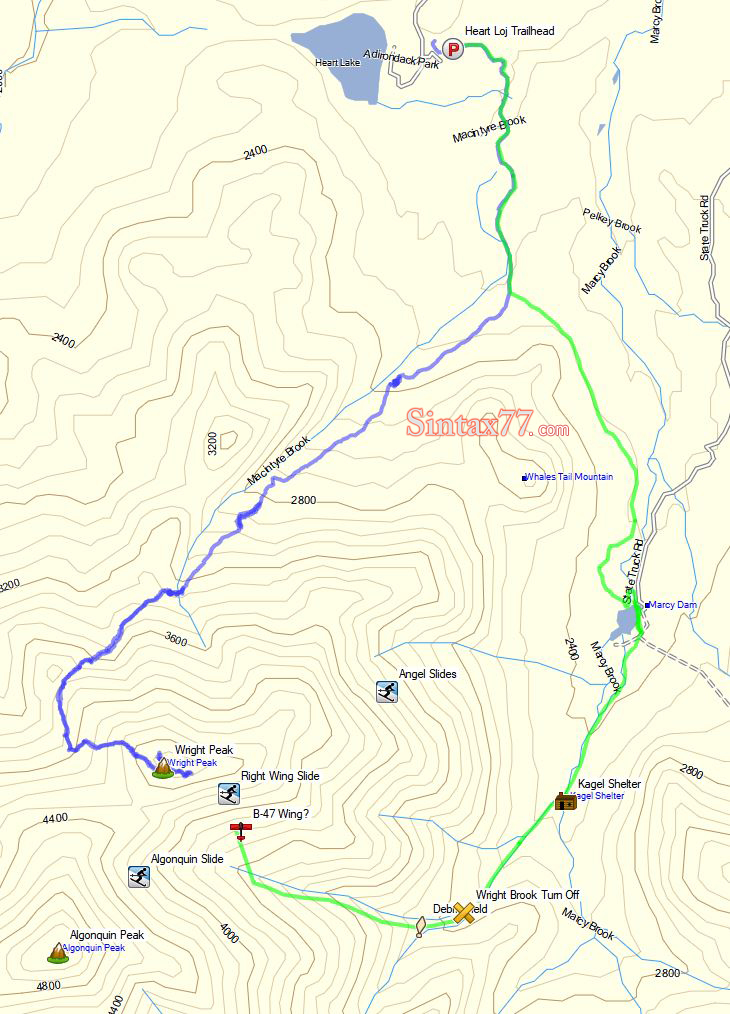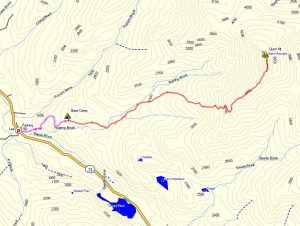3 Days of Hammock Camping and Solo Backpacking in Alabama’s Sipsey Wilderness.
For this 3 day, 2 night backpacking trip, I headed out to the Sipsey Wilderness within the greater Bankhead National Forest. Located in Alabama’s upper northwest corner, this wilderness area is true hidden gem, decorated with sandstone canyons, high bluffs, meandering creeks, and waterfall-studded hollows.
Starting from the Borden Trailhead, I stitched together a loop using some more well known trails to get started on day one. For the second and third days, I gradually moved into some of the more remote and rugged hollows in the area, with a mix of unofficial trails, river crossings, and unmarked shortcuts that are par for the course in Sipsey. Along the way I would find plentiful water sources, creek side views, and campsite opportunities.
The partially cloudy spring forecast gave me a moderate temp range in the upper 70’s down to the low 40’s at night. This gave me a break from the daytime and heat and the temp drop at night was welcomed, as it kept the bugs away during sleeping hours in my hammock. There was a chance of rain in the forecast as well, so I packed a lightweight rain jacket, but not much else in terms of raingear due to the warmer daytime temps.
For shelter, I packed in my DutchWare Chameleon hammock with integrated insulation, paired with an ultralight Hammock Gear Dyneema Hex tarp. This provided a lightweight, fast setup. A 40 degree underquilt paired with a 40 degree top quilt provided me with decent warmth while keeping the weight down as well.
As for the terrain, elevation gain isn’t much of an issue in the Sipsey Wilderness, but it does have it’s share of sections where the trail system that feels more like a riddle than a map. There are no trail blazes and many of the intersections are unsigned. I also learned the hard way that when there are trail signs, they are labeled with numbers, not names, so keep that in mind when choosing your map to go off of. It’s easy to miss a turn and end up at an unexpected bluff edge, but that’s kind of the fun part, right?
Geologically, the Sipsey Wilderness is located on the southern rim of the Appalachian Plateau, where layers of 300 million year old sandstone have been carved out by the flowing creeks and streams. The result is one of the most waterfall-rich regions in the eastern US. I only had a chance to see a handful of them on this trip, so there’s plenty more to see on future trips.
Native American tribes like the Yuchi and Cherokee traveled and lived among these same hills and waterways for centuries before the area was later logged, mined, and eventually protected under the Wilderness Act in 1975. Today, remnants of old wagon roads, homesteads, and mill sites can still be found in parts of the Sipsey Wilderness and Bankhead National Forest.



